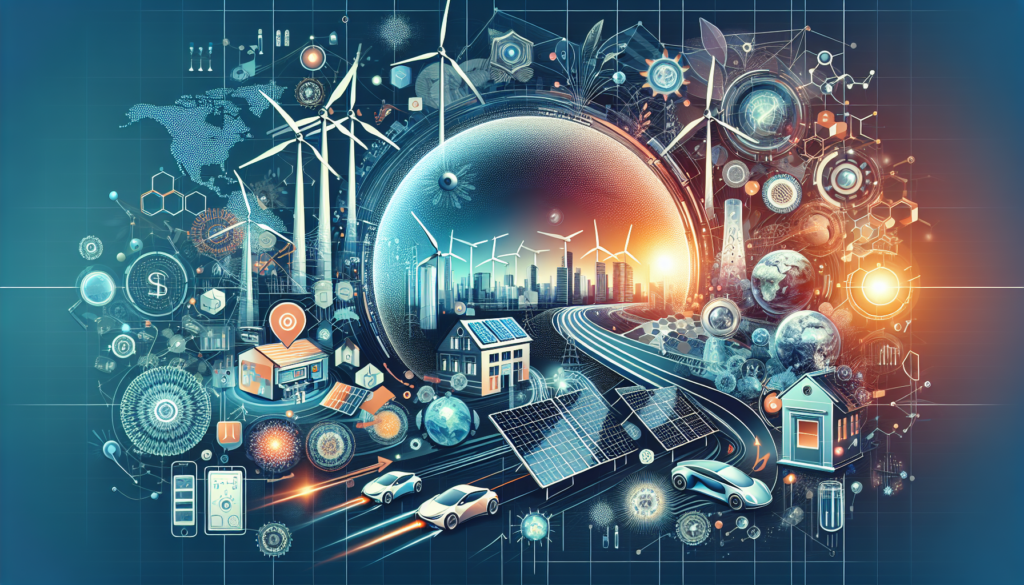At the forefront of technological innovation, sustainable energy is making its way not only as an environmental necessity but also as a transformative economic opportunity. The intersection of improved efficiency, emerging renewable sources, and advancements in energy storage converges to shape a future where energy sustainability is the central axis of global policies and corporate strategies. This comprehensive article breaks down the latest trends and emerging technologies in sustainable energy, analyzing their theoretical foundations and practical applications, and projects a horizon of continual advancement and disruptive innovation in the sector.
Perovskite Solar Cells
Traditional silicon solar cells are undergoing a revolution with the emergence of perovskites, crystalline-structured materials with potentially superior light-to-energy conversion efficiency and reduced production costs. Recent advancements have overcome stability and scalability hurdles, positioning perovskites close to commercialization. Studies on their synergy with silicon cells in tandem point to efficiencies of up to 30%, which would represent a quantitative leap in the viability of solar energy.
Advanced Energy Storage
Energy storage is critical for maximizing the use of intermittent sources like the sun and the wind. Vanadium redox flow batteries present an alternative with extreme durability and superior energy retention compared to lithium-ion technologies. However, lithium is not stationary; research into solid electrolytes promises to revolutionize the energy density, safety, and life cycles of these batteries.
CO2 Capture and Utilization
Reducing CO2 emissions is imperative to mitigate climate change. Capturing and utilizing this gas offers a dual strategy: decreasing the atmospheric concentration of CO2 and converting it into useful chemicals such as methanol or polymers. Emerging technologies, such as direct air capture (DAC), demonstrate the viability of extracting CO2 directly from the environment; however, their scalability and energy efficiency remain prominent challenges.
Green Hydrogen Production
Hydrogen is projected as a key energy vector for the decarbonization of sectors difficult to electrify, such as heavy transportation or the chemical industry. The production of green hydrogen, that is, obtained through water electrolysis using electricity from renewable sources, is at the heart of innovation. Advances in catalysts, such as those based on nickel-molybdenum, promise to reduce costs and increase the efficiency of the electrolysis process.
Smart Electrical Grids
The concept of “smart grid,” or intelligent electrical grid, contemplates the integration of communications and advanced software for more effective management of energy demand and supply. Elements such as smart meters or demand response systems allow for the adaptation of energy consumption to real-time generation, thus promoting the optimal integration of renewable and non-continuous sources.
Microgrids and Hybrid Systems
Microgrids are localized systems of energy generation, storage, and distribution, which can operate connected to or disconnected from the larger grid. These networks increase resilience against failures of the larger grid and allow for finer management of mixed energy sources. Hybrid systems that combine, for example, solar, wind energy, and battery storage, are gaining traction as an effective solution for isolated communities or those with specific energy needs.

